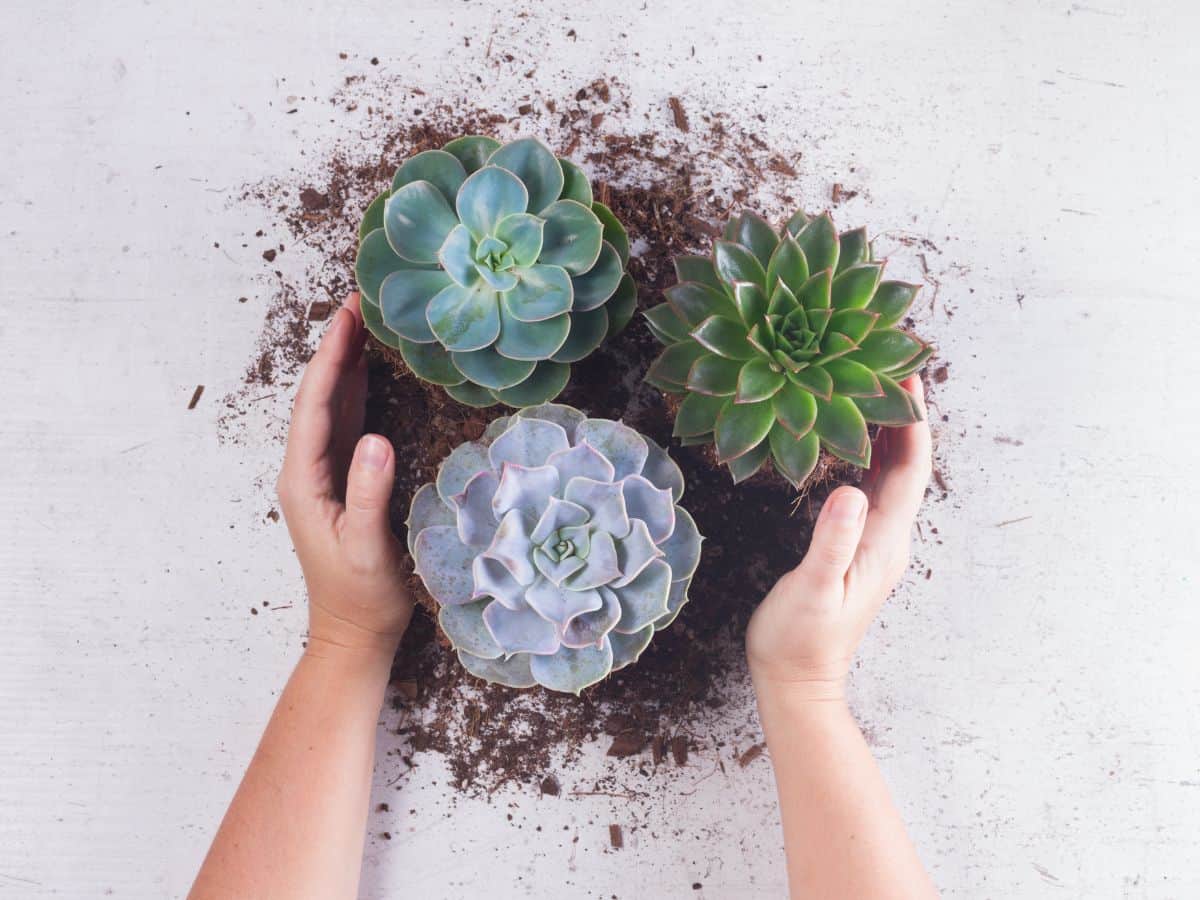
Should I grow succulents indoors or outdoors?
This is a topic of debate amongst many succulent enthusiasts. In order to help you decide, we’ll break down both trains of thought:
Jump to:
- Should I grow succulents indoors or outdoors?
- Growing Succulents Indoors
- Growing Succulents Outdoors
- Are Succulents Indoor or Outdoor Plants?
- Tips for Growing Succulents Indoors
- 1.Sunlight
- 2. Rotation
- 3. Water Accordingly
- 4. Keep them Clean
- Tips for Growing Succulents Outdoors
- 1. The Right Soil
- 2. Consider Containers or Pots
- 3. Remove Pests
- 4. Move them if You Need to
Growing Succulents Indoors
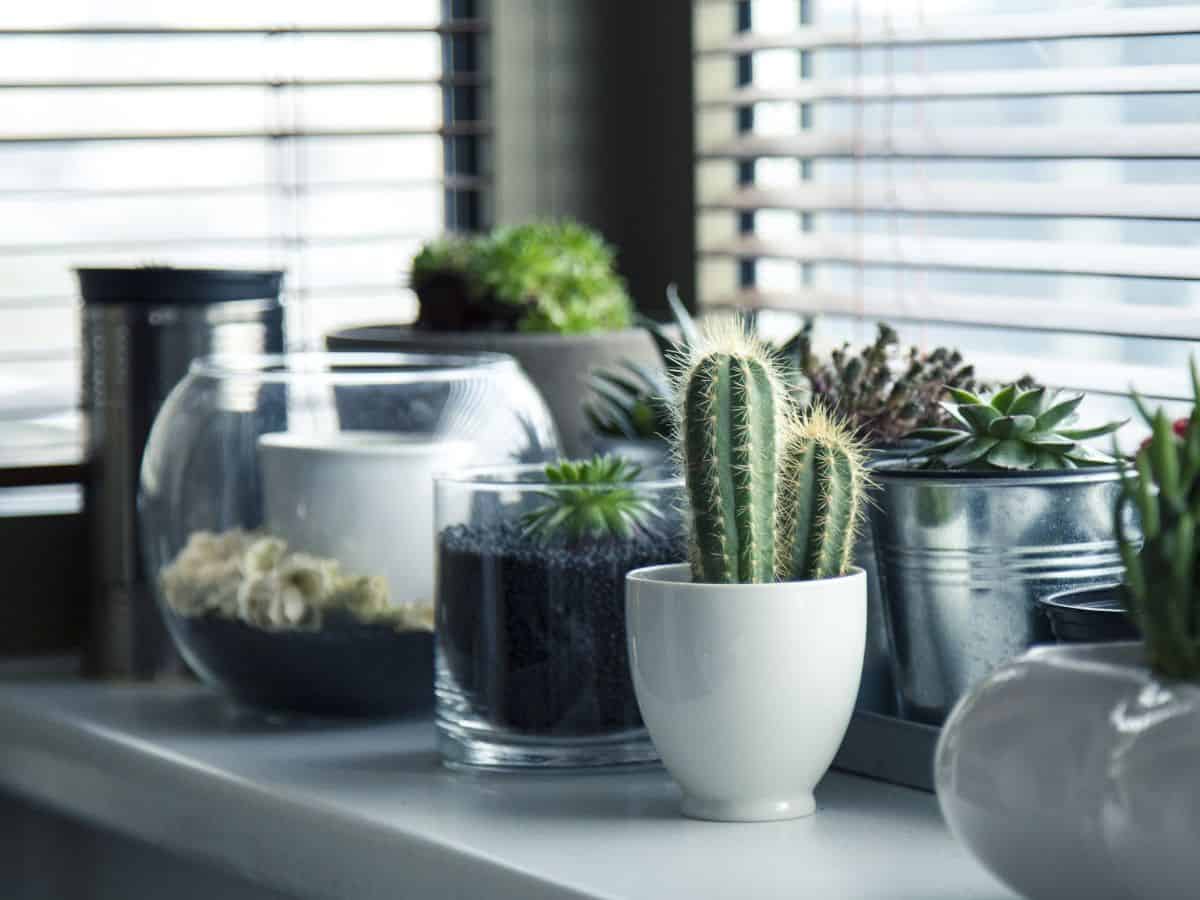
This is one of the biggest selling points of succulents! We’ve all seen the myriad of images of gorgeous terrarium centerpieces, the window planters, and everything else. Indoor succulents are protected from temperature fluctuations, most pests, and weather. You can enjoy their simple beauty in the comfort of your own home.
There are a few downsides though. Most people place succulents in their windows, and this has mixed effects. Sunlight levels change by season and during the weather. The direction the window is facing also plays a large part in how much sunlight it receives. You need to keep that in mind while you aim for that golden 6-8 hours of sunlight per day.
Soil also takes longer to dry out when indoors – partially because of the oft-lower temperature, but also because there is less air circulation. Remember, it’s crucial that you have adequate drainage in your soil and your pot. You will water indoor plants less frequently than outdoor plants (barring wet weather).
If you’re going for indoors, green plants will probably be your best bet (check out this list for some easy options). Not only are they generally easier to take care of than some of the more exotic colored plants, but their green coloration allows them to photosynthesize with maximum efficiency. They’ll tolerate the relatively low-light conditions of the indoors, whereas red or purple plants might struggle without special care.
Read Also: Welcome to Sublime Succulents!
Growing Succulents Outdoors
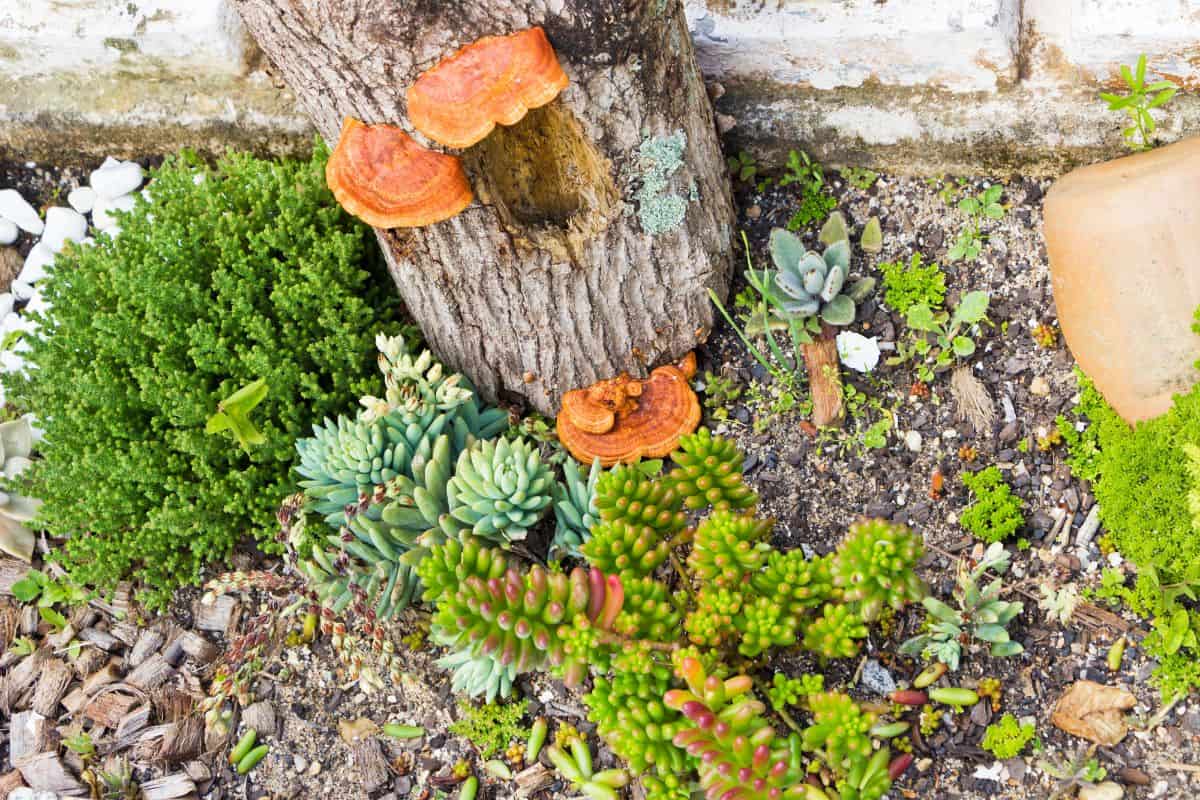
The first, and perhaps strongest, argument for growing succulents outdoors is that they are plants… and plants live outdoors. They evolved to endure Mother Nature, and they thrive in such conditions.
Beyond that simple explanation, succulents really are hardy plants. Their preferred environment is one that is sunny and dry – though not necessarily hot. One of the primary dangers of keeping your plants outdoors is the risk of burning from the sunlight or the heat. Above about 90°F, they are liable to be harmed by prolonged exposure. That’s not to say they can’t handle the heat! Large succulents, or old ones, are much more resistant to heat and light and will probably be able to tolerate it. Freshly planted succulents or propagations will have a rough time. When moving indoor plants outside (a common practice for the duration of the summer), place them in shade or partial shade, gradually moving them into sunlight over the course of several weeks. You will likely see your succulent begin to flourish!
There’s a lot more space for your succulents outside since you aren’t limited to windows. You can make succulent gardens, fountains, walls, etc. You are only limited by your imagination… and perhaps the climate of your location. If you live in a particularly wet region, you might have a hard time growing some succulents. Even if you live in a desert – the intense heat and too much sunlight can kill your arid-adapted plants. You can mitigate these issues somewhat by placing them in shade, or having cover from the rain. Seasons are tricky for succulents; some can overwinter while others shrivel up. Research your plant species’ needs when you are deciding where to put them!
Are Succulents Indoor or Outdoor Plants?
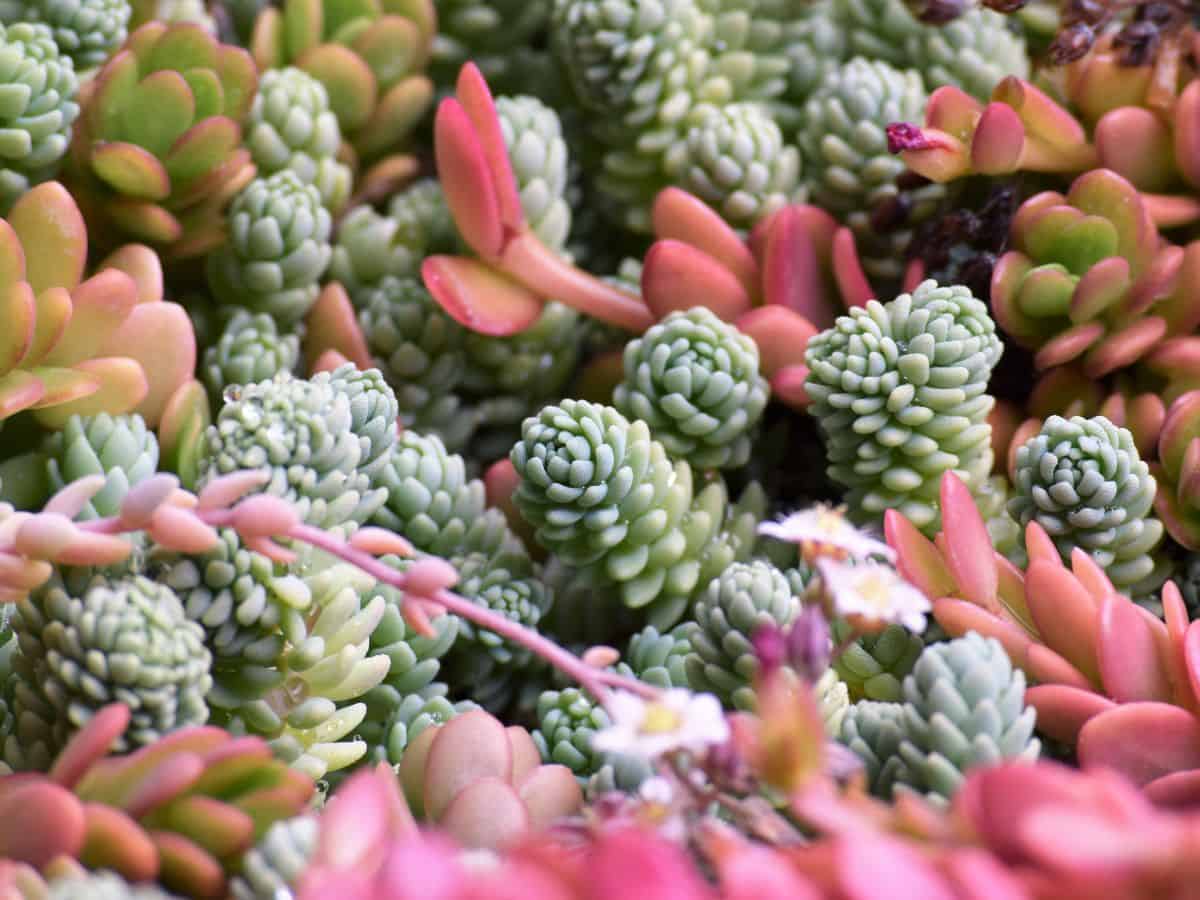
Now that you have read the benefits and downsides of growing succulents indoors and outdoors, you should better understand how your succulent growing journey will look. You might still feel unsure of whether succulents are outdoor or indoor plants, which leads me to the next question; are succulents indoor or outdoor plants?
No products found.
Succulents grow outside in the wild, but they require very specific weather conditions to thrive. Most succulents are heat-tolerant plants that are not cold-hardy. Outdoor succulents need at least six hours of direct or indirect sunlight per day, and they will not survive in below-freezing climates. Most people don’t live in the kind of desert-like conditions that succulents like, so keep this in mind.
I think that succulents are outdoor plants that need to have the option of being brought indoors when the weather outside is not suitable for them. The best way to do this is to grow them in a small container that can easily move from the garden or balcony into the house and on the windowsill. That way, your plant can get the best of both worlds, and most importantly, you can enjoy its beauty outside and inside!
Tips for Growing Succulents Indoors

If you decide to grow your succulents indoors, the following tips and tricks will help you ensure that they stay happy, healthy, and beautiful all year round. Enjoy!
1.Sunlight
One of the biggest issues indoor succulents come across is inadequate sunlight. You might love the way they look on your desk or dining room table as a spectacular and vibrant centerpiece, but if your plant doesn’t get enough sunlight in that area, then they aren’t going to stay beautiful for long. When arranging your succulents indoors, look for sunny spots in the house that will provide your plant with at least six hours of sunlight per day.
2. Rotation
Indoor succulents are usually placed on windowsills and don’t get moved around a lot. That means that one side of the plant will get more sunlight than the other, which over time could cause you some problems. Simply turn the plant around every few days so that every side is getting equal amounts of sunlight.
3. Water Accordingly

Indoor plants need to be water less frequently than outdoor plants. This is especially true for succulents and cacti. You must water your plants as and when the soil is dry to touch. Watering the soil before the soil has dried out completely could lead to root rot and other issues such as yellowing and wilting leaves.
4. Keep them Clean
Your succulent plant will probably begin to collect dust if you don’t wipe it down now and then. Simply take a dry, soft cloth and gently brush off the dust when you see it starting to form. Do not wet the cloth beforehand as it could damage the succulents leaves.
Tips for Growing Succulents Outdoors
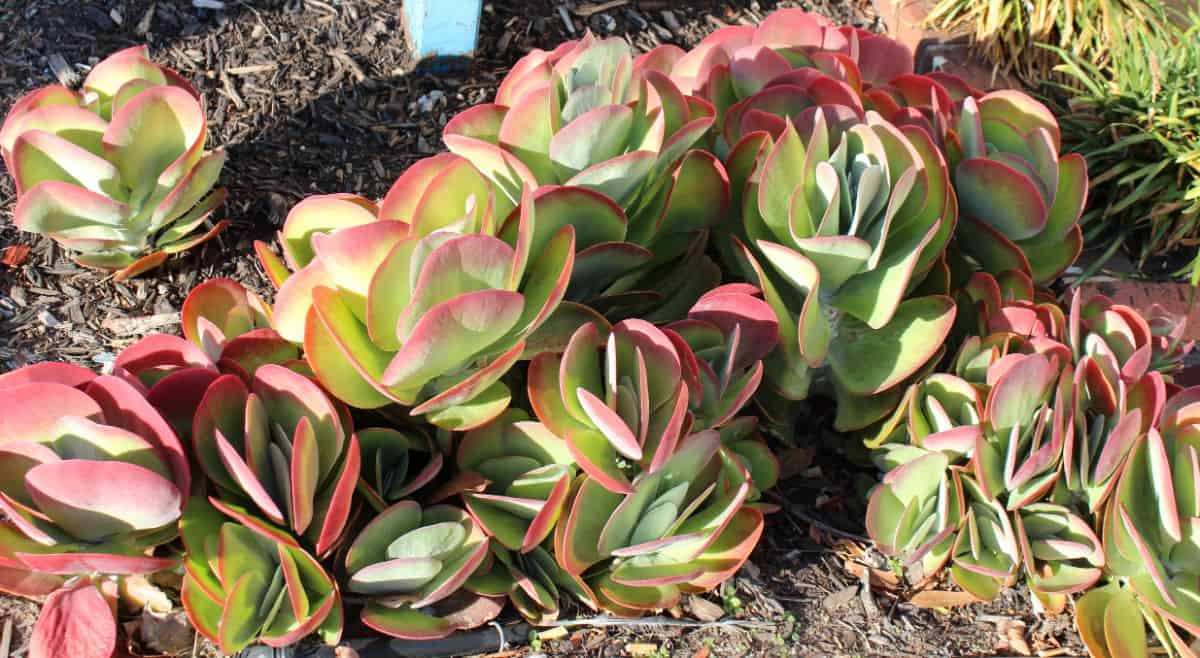
If you are swaying towards the idea of keeping your succulents outside in a succulent garden or on your balcony, you should take note of the following tips and suggestions.
1. The Right Soil
Planting succulents in porous, well-drained soil is very important. This makes planting succulents directly in the ground a little bit difficult as most areas don’t have the right natural soil for succulents. You can always amend soil or use cactus potting soil for your succulents if you are worried that your soil is too dense.
2. Consider Containers or Pots
Planting your succulents in pots and containers will help you control your plant’s environment. Using containers and pots gives you the opportunity to pick the soil your plant grows in and gives you the option to move your plant around the garden if you feel like its positioning isn’t the best place for it.
3. Remove Pests
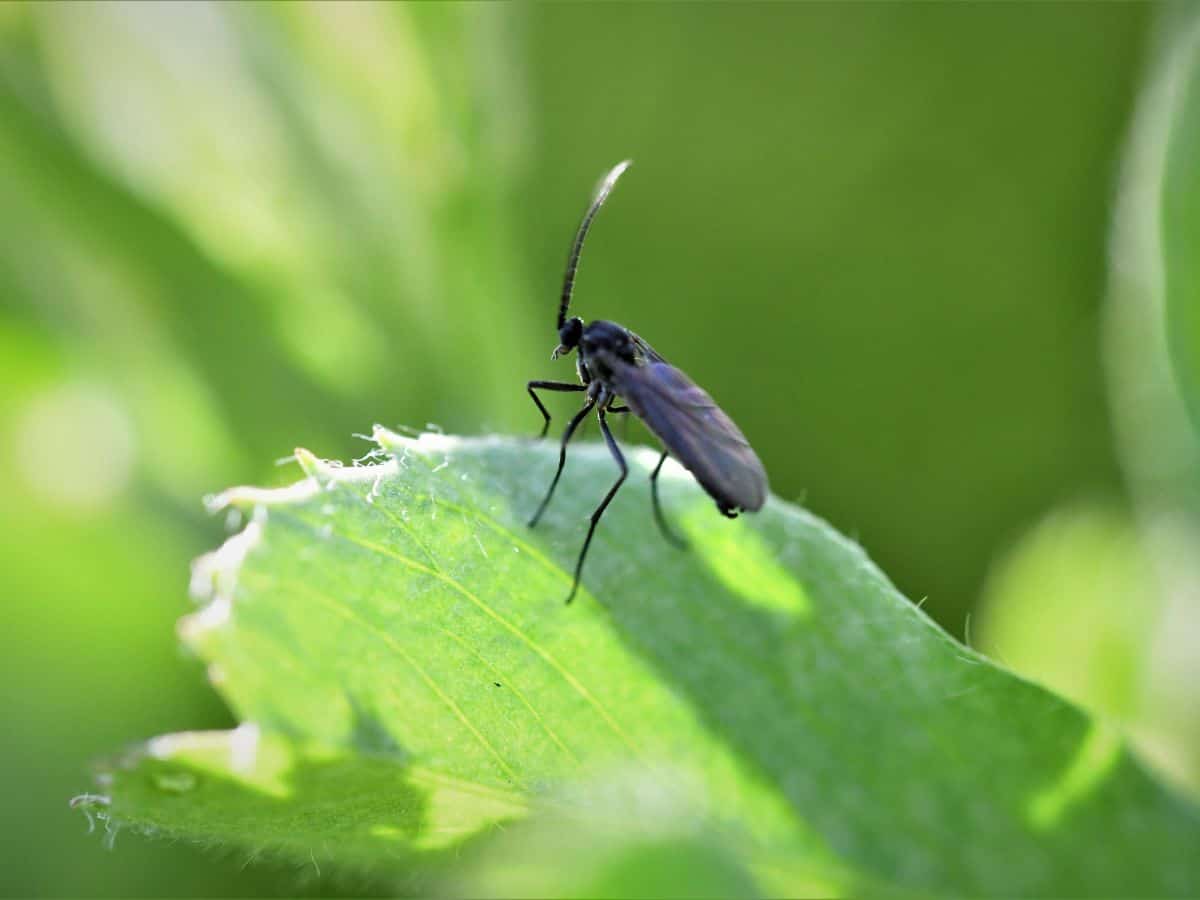
Inspect your succulent for signs of pests and diseases. Remove pests and treat diseases as soon as you see them developing.
Top Tip: Watering the soil directly as opposed to overhead will prevent diseases from spreading from one part of the plant to another.
4. Move them if You Need to
If the weather conditions outside aren’t ideal for your plants, then bring them inside until the weather changes. Succulents will deteriorate quickly in heavy rain and frost, and their leaves can even freeze over and split in below-freezing conditions.
Believe it or not, succulents can also become sunburnt. Succulents do not have the ability to repair scarring, so you will probably have to prune away sunburnt areas that will take a very long time to grow back.
Did you find the information in this article useful? I hope you are more confident in choosing where to grow your succulent. Please let us know your thoughts and share any tips and tricks with the rest of the readers and us!
Read Related Topic: Where can I get some succulents?
Where do you keep your succulents? Comment below with your reasoning!

